Crikey. I’ve just learned that Muchingachinga, one of my favorite wild edibles found here in the Upper Zambezi Valley, is also referred to as a Bastard Dwaba Berry or Mechingia or Monkey Fingers or Muchinga or Munyani or Najako or Nayako or Northern Dwaba Berry or River Dwaba-Berry or Rivier-Dwababessie or Savanna Dwababerry or Savanne-Dwababessie or South African Tree Number 108 or Umkozombo.
And just to really simplify things, it’s Latin name is Friesodielsia obovata.
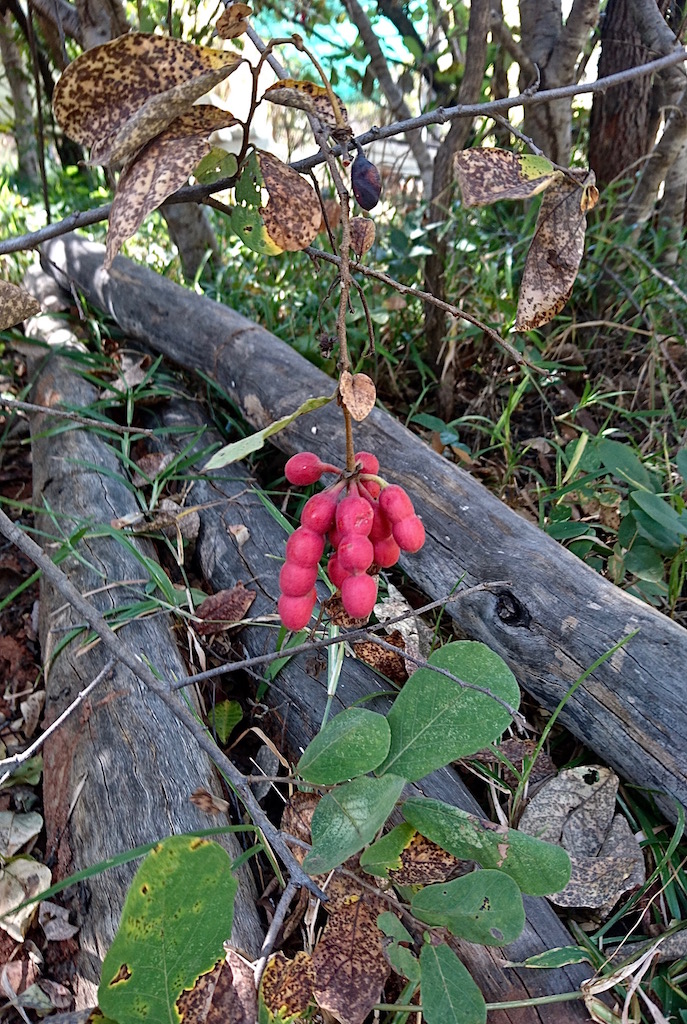
As I wrote in a previous post, “The [Muchingachinga] tree is, in fact, from the custard apple family, the Annonaceae, but doesn’t look or taste like any one I’ve found before. The custard apples I came across in America were a frumpy dull-green, covered in cellulite. A Muchingachinga fruit, in comparison, is like one of those envied sirens: so many curves clothed in bombshell red.”
The fruit has a distinct scent and sharp sweetness, with an almost-peppery taste. A two-star Michelin chef with whom I worked briefly a couple of years ago described the taste as akin “to licking a 9-volt battery.” It’s aftertaste almost throws your head back such is the kick.
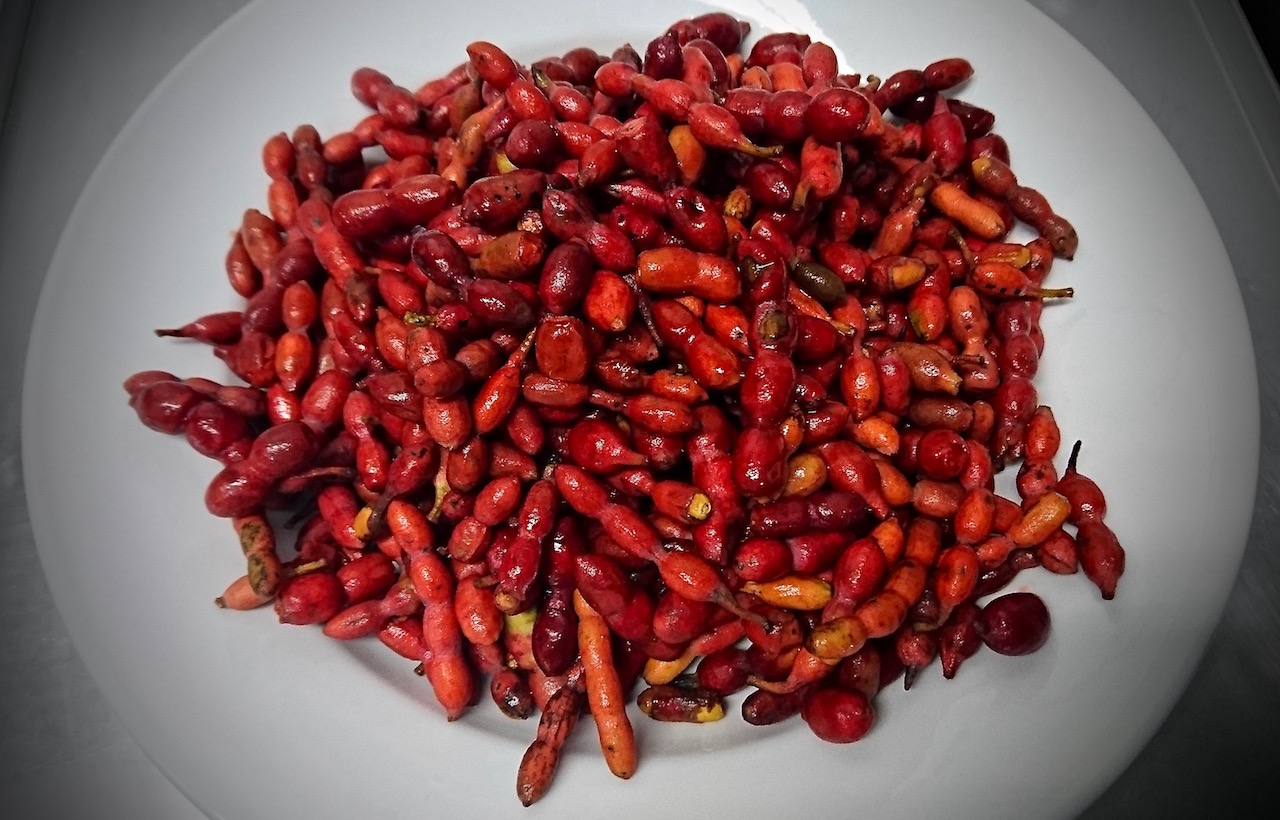
The Muchingachinga’s sharpness provides a powerful counterpoint to sweet meringue, which is why I developed this recipe. For me, it’s one of the best parts of working with wild edibles: imagining ways of using flavors never tasted in the mainstream, in dishes often inspired by other creative, fearless foodies. In this instance, my inspiration came from Yotam Ottolenghi’s Strawberry & Rose Mess, which I sampled in his London restaurant, NOPI, when Chris and I visited in May.
We started out by making a syrup from the Muchingachinga fruit, as we do with so many of the sour wild berries we forage for in the bush surrounding our house. But, for this syrup to truly represent the fruit’s sharp, peppery flavor, I added as little sugar as I could get away with. I knew the meringue would help once the dessert was assembled. The same went for the Muchingachinga ice cream: the egg custard added a sweet smoothness to the fruit’s sour sharpness. The dried lavender buds I sprinkled through the layers added another contrasting dimension, while the silky sourness of full-fat Greek yogurt somehow bound all the different elements together.

I served Muchingachinga Mess with Lavender Flowers for the first time at The Elephant Café not long after it opened earlier this month. As I hoped, our customers were fascinated by its layers of flavor and their feedback has been really positive.
Muchingachinga Mess with Lavender Flowers
Yield: 12 servings
Ingredients:
Muchingachinga syrup
- 5kgs muchingachinga fruit
- 3 cups granulated sugar, 2 + 1 divided
- Water to cover the fruit
*Renders approx. 750mls of syrup
Meringue + The Mess
- 6 egg whites (at room temperature)
- pinch of salt
- 300g/11 ounces caster sugar
- ½ teaspoon vanilla extract
- 1 heaped cup Greek full-fat yogurt
- 1/2 cup Muchingachinga syrup, chilled
- 1 teaspoon dried lavender buds
Muchingachinga Ice Cream
- 450ml double cream
- 150ml whole milk
- 6 egg yolks
- 65 grams/2.3 ounces caster sugar
- 1 (full) cup Muchingachinga syrup
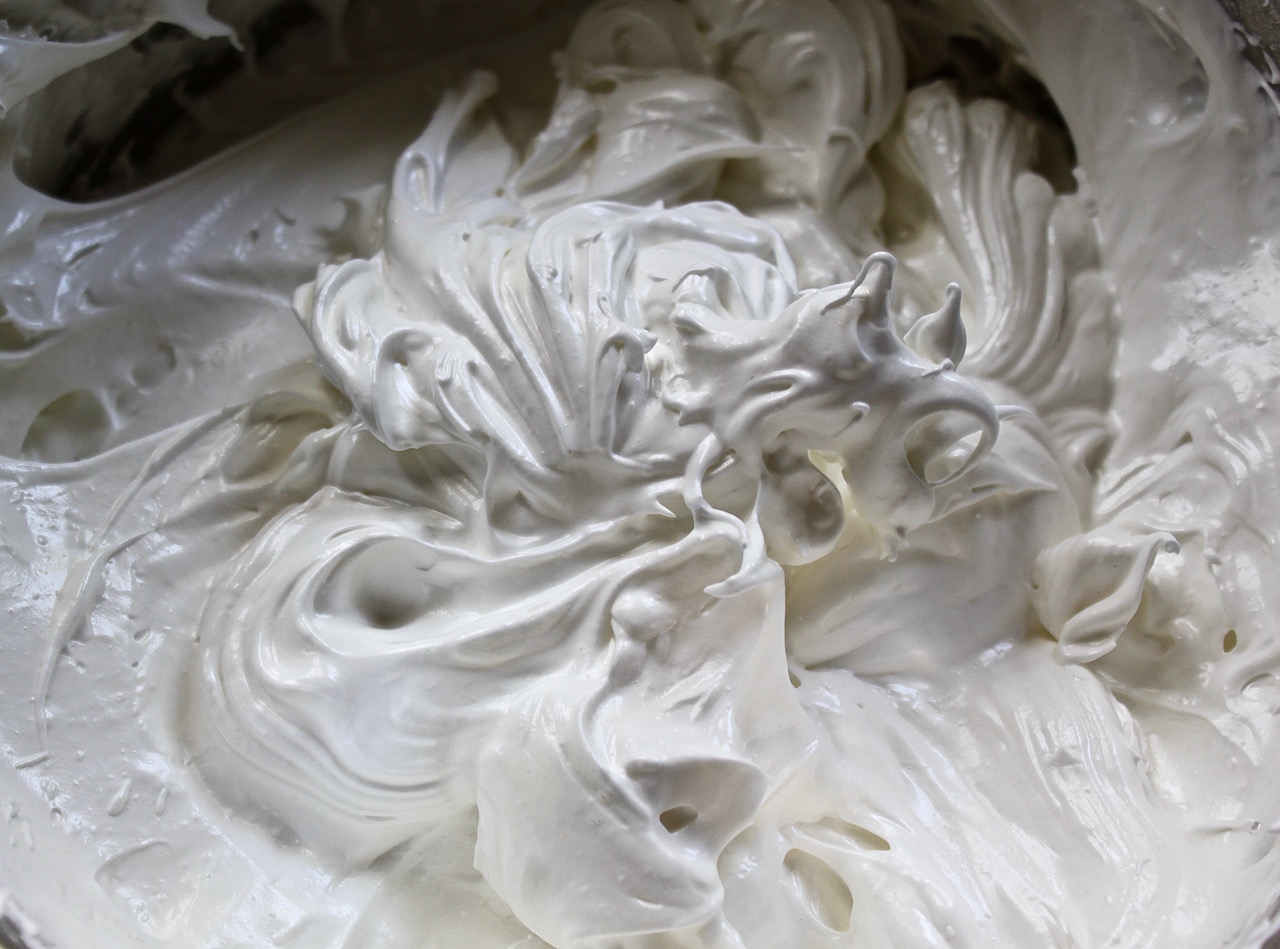
Method:
- In a heavy-based large saucepan(s) — it will depend on the quantity — mix the Muchingachinga fruit with the granulated sugar and cook until it is soft and breaking up, about 1.5 hours.
- Sieve the juice, add the remaining cup of sugar, and cook until you render a syrup consistency, about 1 hour. Set aside and cool. Store what you don’t use in a sterilized bottle in the refrigerator.
- Put an ice cream container and metal mixing bowl into the freezer. Pour the cream and milk into a heavy-based pan and place over a medium heat. Gently bring up to the boil, stirring occasionally, and then remove from the heat. Set aside.
- While the cream and milk is heating up, beat the egg yolks and sugar together in a medium bowl until the mixture turns pale and thick. Slowly pour the hot creamy milk over the egg yolk mixture, whisking as you do so.
- Return the custard to the saucepan and place over a very low heat. Stir gently in a figure of eight, moving all around the saucepan, until the custard thickens, about 6 to 8 minutes. *Controlled heat is essential at this stage because the custard will quickly turn to scrambled egg if the heat is too high. The custard should be thick enough to lightly coat the back of a wooden spoon, and draw a line through the middle leaving a clear trace.
- As soon as the custard thickens, remove from the heat, pour into the pre-cooled metal bowl and return to the freezer for a few minutes. Don’t leave it in the saucepan, as the heat of the pan will continue to cook the custard.
- When the custard is cool whisk in the Muchingachinga syrup, ensuring it is well-combined. Pour into an ice cream maker and after the cycle is complete, transfer into the pre-cooled ice cream container and place in the freezer until ready to serve.*Click here for freezing instructions if you don’t have an ice cream maker.
- While the ice cream is being made, preheat the oven to 150/300 degrees. Line a baking tray with parchment paper, and lightly grease with coconut oil.
- Place the egg whites into a metal bowl with a pinch of salt. Using an electric mixer start beating the egg whites, slowly at first in order to them break down. Once they have begun to froth increase your speed and beat until stiff peaks form.
- Add the sugar, a heaped spoonful at a time, beating after each addition. When finished add the vanilla extract and beat one last time.
- Transfer the meringue on to the baking tray in manageable blobs (it is going to be broken into pieces for the dessert).
- Place in the middle of the oven and immediately lower the oven setting to 120/250 degrees. Cook for 45 minutes, then turn off the oven and leave the meringues inside to cool completely.
- To plate, fill about half of an individual round glass with broken pieces of meringue. Add a heaped tablespoon of Greek yogurt, drizzle with some of the blood-red Muchingachinga syrup, and sprinkle with a pinch of lavender buds. Finish off with a ball of Muchingachinga ice cream on top, and garnish with an edible flower and another sprinkle of lavender buds.
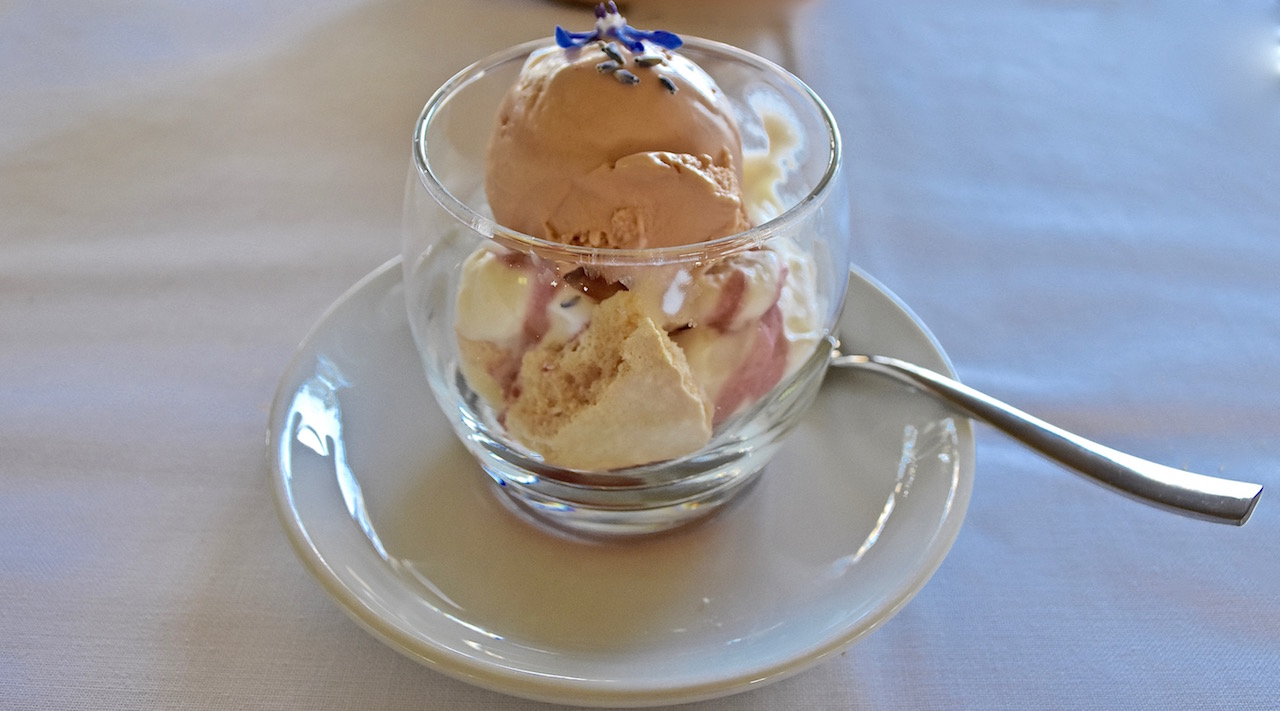

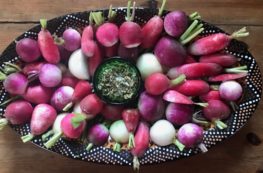
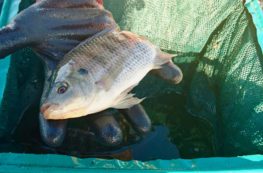
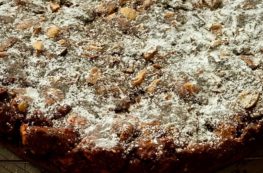
2 Comments
Sounds like that sexy fruit left everyone wanting more. Great job !!!
It really is quite delicious, Mo. Unlike anything I’ve ever tasted before. And its color! 🙂
Comments are closed.